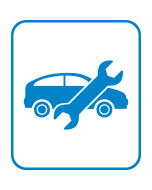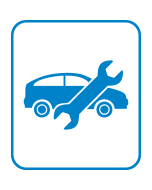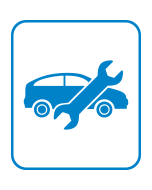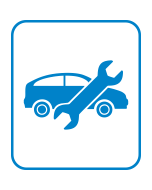Automotive Data Monetisation Pricing and Business Models
Automotive Data Monetisation Pricing and Business Models
By 2025, Data Monetisation is Expected to Unravel ~$33 Billion in Opportunity for OEMs, with the Potential to Monetise $100 per Car Across 140 Unique Use Cases
25-Oct-2017
North America
$10,000.00
Special Price $7,500.00 save 25 %
Description
This study analyses the strategies, growth analysis, competitive landscape, business models, and future focus areas of OEMs, data aggregators, usage-based insurance (UBI) companies, and tier 1 suppliers. OEMs, tier 1s, insurance companies, and data aggregators must focus on data services around smart mobility, connected cars, and autonomous vehicles (AVs) and must introduce new business models between 2022 and 2030. UBI companies, data aggregators, and aftermarket OBD II companies and the rise of Uber, Apple, and Google in the automotive market are pushing OEMs to finally realise the true potential of harnessing data and turning the same into successful business models.
OEMs and tier 1 suppliers have realised that digitisation along with IoT, technology partnerships, software capabilities, and customised solutions will be the way forward for the global automotive industry. The growing number of digitalisation initiatives and pilot projects with a software-centric focus by automotive OEMs and tier 1s will increase automotive IT spending from $37.9 billion in 2015 to $168.8 billion in 2025 (CAGR of 16.1%). Connected cars, AVs, and ride sharing provides more use cases for data monetisation.
Over the next decade, OEMs, data consumers, and ecosystem participants must focus on business models around location data, driving behaviour, HD mapping, vehicle usage, and environmental data types. In addition to OEM, tier 1 supplier, and technology company initiatives, this study covers a detailed list of start-ups and technology companies focusing on analytics and data aggregation. The total number of connected vehicles, activation rate, and consent rate are some of the key factors that help determine the automotive data monetisation market across various data types. Frost & Sullivan expects UBI to be the most mature use case that brings in more value from a car/year for OEMs (ever since it transitioned from an aftermarket to an OEM data-enabled service).
In addition, this study analyses and answers the following key questions:
• What are the different data monetisation business models being discussed in the automotive industry and which ones will garner more value in
the current and future ecosystem?
• What are the various use cases and data types expected to create value in the automotive industry?
• What are the different pricing models being evaluated? What is the expected price per use case?
• What is the addressable opportunity from data monetisation in 2017 and in 2025?
• Who are the key stakeholders involved? What are the key partnerships that need to be built to be successful?
RESEARCH: INFOGRAPHIC
This infographic presents a brief overview of the research, and highlights the key topics discussed in it.Click image to view it in full size
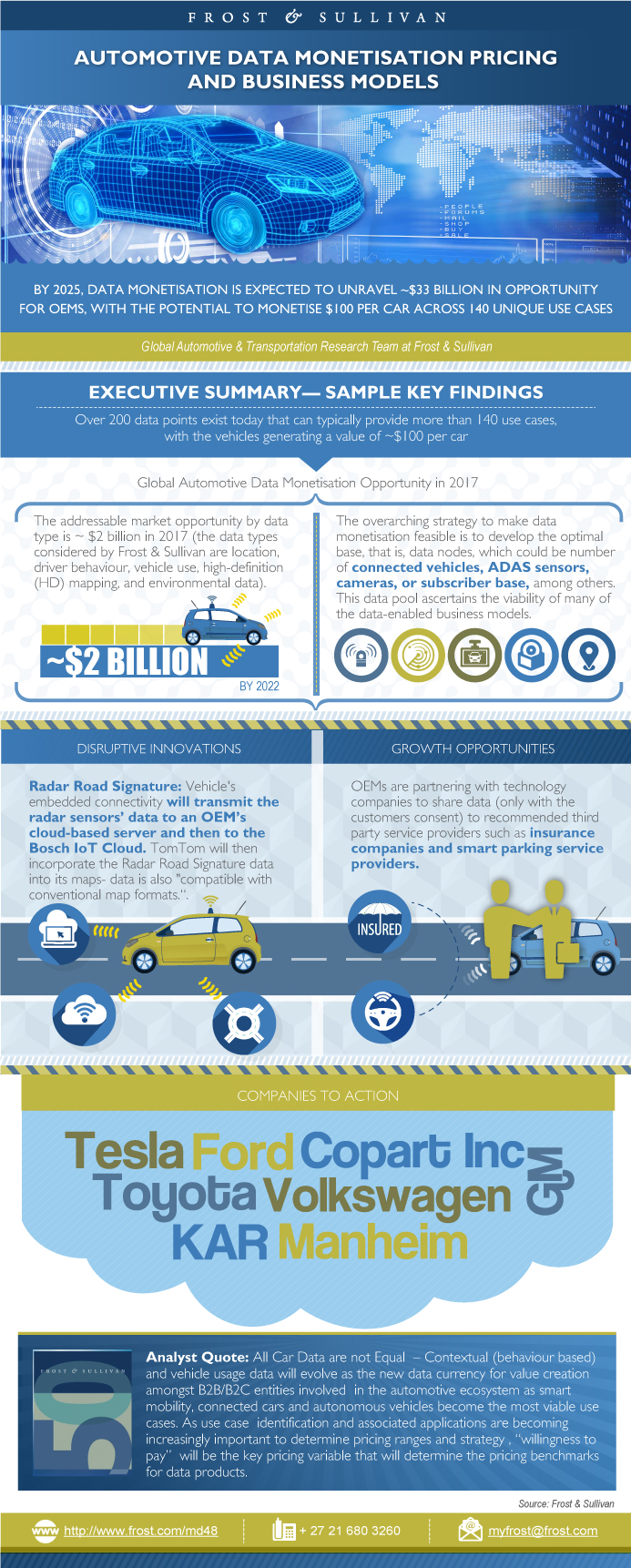
Table of Contents
Executive Summary—Key Findings
Evolving Data Monetisation Business Models in the Auto Industry
Automotive Data-as-a-Service Types
Key Consumers of Vehicle Data
Automotive Data Monetisation Market—Data Types and Definitions
Total Addressable Market in 2017
Key Elements of a Data Monetisation Business Model
Automotive Data Monetisation—Use Case Grouping
Use Case Grouping Snapshot—UBI Focus on a Data-driven Future
Use Case Grouping Snapshot—Crash Reconstruction Role in AVs
BMW CarData Platform Case Study
Otonomo’s Data Exchange Platform
Commercial Data Types Tracked by Otonomo
Automotive Data Monetisation—Pricing Variables
Research Scope
Research Aims and Objectives
Key Questions this Study will Answer
Research Background
Related Frost & Sullivan Video Content Available for Support
Research Methodology
Snapshot of Frequently Used Input Streams for Data Capture
Data Monetisation Use Cases across Industries
Data Format and IoT Data Types
Data Monetisation Business Models—Non-automotive
Data Monetisation—Non-automotive Industry Highlights
Data Monetisation—Non-automotive Industry Examples
Case Study—Barclays Market and Customer Insight Service Offering
Automotive Data Monetisation—Key Challenges
EU General Data Protection Regulation (GDPR)—Key Principles
GDPR Principles and Compliances
GDPR Principles and Compliances (continued)
Data Monetisation—Direct and Indirect Revenue Opportunities
Snapshot of Direct Revenue Opportunities
Snapshot of Indirect Revenue Opportunities
Automotive Data Monetisation—Use Case Grouping
Use Case 1—UBI and Contextual Behaviour Intelligence
Use Case 1—Contextual Driver Behaviour Score
Use Case 1—Contextual Driver Behaviour
Use Case 2—Crash Reconstruction in a Virtual Driving Environment
Use Case 2—Proactive FNOL
Use Case 2—TSPs’ Crash Reconstruction Solutions
Use Case 3—Location and Mapping Services
Use Case 3—Harnessing Location Data
Use Case 3—HAD Maps for Autonomous Cars
Use Case 3—HERE’s Real-time Traffic Service
Use Case 4—Dealerships and Ecosystem Datasets and Initiatives
Use Case 4—Dealership Data Monetisation
Use Case 4—Vauxhall OnStar Portal
Use Case 4—Auction Companies
Use Case 5—Autonomous Vehicles
Use Case 5—Insurance Opportunity in AVs
Car Connectivity Consortium (CCC)—Car Data Solution Architecture
IBM Connected Solutions
GM Partnership with IBM Watson to Handle Data-Business In-house
Mercedes Benz—Leveraging OBD to Connect Legacy Vehicles
Ford Invests in AI and ML Companies
Ford Partnership with Pivotal
Volkswagen Data Lab Competencies
Volkswagen Digital Lab and Enhanced Digital Platform
Bosch Investments in iguazio, a Data-driven Innovative Company
Bosch and Tom Tom—Radar Road Signature
Delphi Automotive Software Suite
Delphi Offers a Holistic Connected Vehicle Platform
Dash Labs’ Business Model
Octo Telematics’ Business Model
Nexar’s Vision-based Driver Scoring
LexisNexis UBI Capability
The Floow—Helping OEMs Monetise Data
Automotive Data Monetisation Companies
Growth Opportunity—Partnerships and Business Models
New Business Models in Mobility will be Data-driven
Automotive Data Monetisation Recommendations
The Last Word—3 Big Predictions
Legal Disclaimer
Table of Acronyms Used
Market Engineering Methodology
Popular Topics
| No Index | No |
|---|---|
| Podcast | No |
| Author | Sriram Venkatraman |
| Industries | Automotive |
| WIP Number | MD48-01-00-00-00 |
| Is Prebook | No |
 USD
USD GBP
GBP CNY
CNY EUR
EUR INR
INR JPY
JPY MYR
MYR ZAR
ZAR KRW
KRW THB
THB

